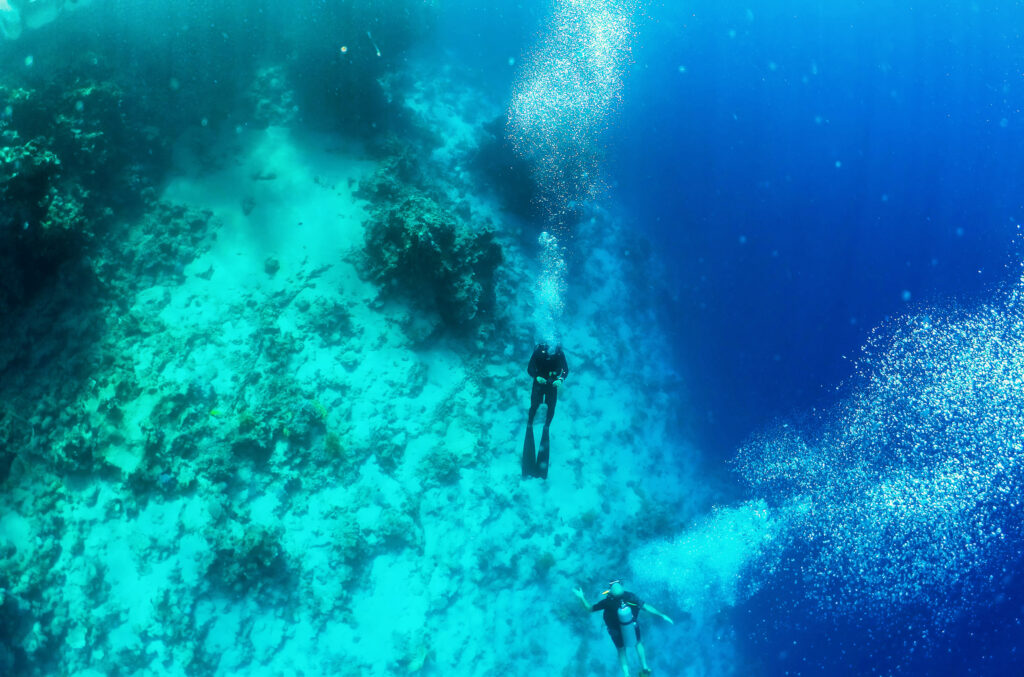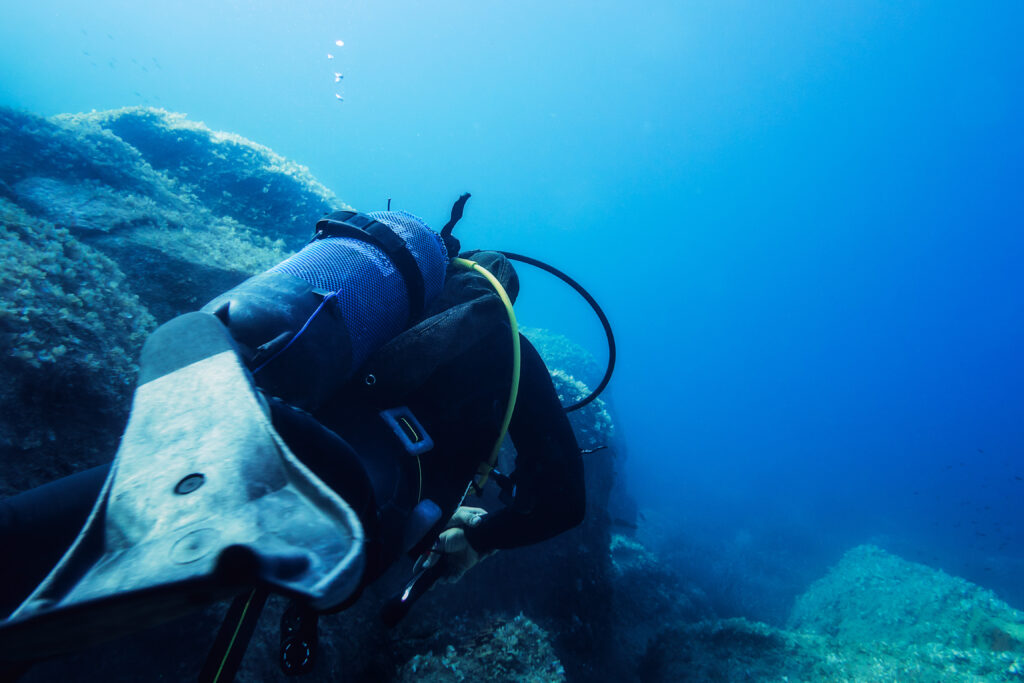What is Pressure?

Pressure is a fundamental concept in physics, defined as the force exerted per unit area. In the context of scuba diving, understanding pressure and its effects is crucial for safety and efficiency. Pressure plays a pivotal role in determining how divers experience the underwater environment, affecting everything from breathing to buoyancy. As divers descend into the water, the pressure increases, impacting both their equipment and bodies in significant ways. This article will discuss the principles of pressure, its effects on the human body, the health risks associated with changes in pressure, techniques for managing these changes, and the equipment designed to withstand them.
What is Rapture of the Deep?

Rapture of the Deep, commonly known as nitrogen narcosis, is a condition experienced by scuba divers at significant depths. This phenomenon, resulting from the increased partial pressure of nitrogen when diving, can lead to a range of symptoms that affect cognitive and motor functions. Understanding Rapture of the Deep is crucial for divers to ensure safe practices and avoid potentially hazardous situations underwater.
What is Vertigo?

Vertigo, a sensation of spinning or dizziness, can significantly impact one’s sense of balance and orientation. In the context of scuba diving, this condition becomes particularly relevant and potentially hazardous. Divers who experience vertigo underwater may struggle with maintaining their equilibrium, which can lead to disorientation and dangerous situations. This article delves into the causes, impacts, diagnosis, prevention, and management of vertigo specifically for scuba divers.
What is No Fly / No Fly Time?

No Fly Time, also referred to as No Fly Zone or No Fly Period, is the recommended interval between the completion of a dive and boarding an airplane. It is an essential precautionary measure that helps prevent Decompression Sickness (DCS) and other altitude-related issues that may arise from flying too soon after scuba diving. The importance of observing No Fly Time stems from the physiological effects of pressure changes on the body, both during diving and air travel. Failure to allow sufficient time for these changes to normalize can lead to serious health complications.
What is Partial Pressure?

Partial pressure is a fundamental concept in physics and chemistry, particularly significant in the context of scuba diving. It refers to the pressure exerted by a single type of gas in a mixture of gases. Understanding partial pressure is crucial for divers as it influences how gases are absorbed, transported, and expelled in the human body under varying underwater conditions. This concept helps in comprehending how different gases behave under increased pressures encountered at depth and is essential for ensuring safety and preventing diving-related illnesses.
What is Closed Circuit Scuba?

Closed circuit scuba, commonly referred to as rebreather technology, represents a significant advancement in underwater breathing apparatuses. Unlike traditional open circuit scuba systems, which release exhaled gases into the water, closed circuit rebreathers recycle the diver’s exhaled breath. This recycling process involves scrubbing carbon dioxide from the exhaled air and adding the necessary amount of oxygen to make the gas breathable again. Closed circuit systems are renowned for their efficiency in gas usage, allowing divers to stay underwater for extended periods. These systems are particularly favored in scientific research, military operations, and technical diving, where extended bottom times and reduced gas consumption are crucial.
What is the No-Decompression Limit (NDL)?

The No-Decompression Limit (NDL) is a fundamental concept in scuba diving, representing the maximum time a diver can spend at a specified depth without the need for mandatory decompression stops during ascent. Understanding and adhering to NDLs is essential for dive planning and ensuring the safety of divers. This entry will explore the concept of NDL, its importance, how it is calculated, and its implications for diving practices.
What is Open Water Diving?

Open water diving is a fundamental form of recreational scuba diving, characterized by diving in natural bodies of water such as oceans, seas, and lakes. Unlike confined water diving, which takes place in controlled environments like swimming pools, open water diving offers divers the opportunity to experience the vastness and diversity of underwater ecosystems. This type of diving typically involves greater depths and more variable conditions, making it both a thrilling and challenging pursuit for enthusiasts of all levels. The concept of open water diving is integral to the sport, providing the foundation for various specialized diving activities and advanced certifications.
What is Samba in Scuba Diving?

Samba, in the context of scuba diving, refers to an involuntary muscle spasm or twitching that occurs as a warning sign of impending hypoxia or loss of consciousness underwater. This condition is crucial for divers to recognize because it serves as a precursor to more serious and potentially life-threatening situations such as blackouts. Understanding samba and its implications can significantly enhance diver safety and preparedness, ensuring that appropriate actions are taken promptly to mitigate risks. While samba is less commonly discussed than other diving conditions, its impact on diver health and safety is equally important.
What is a Reverse Profile?

Scuba diving has grown significantly in popularity over the past few decades, drawing adventurers to the underwater world to witness its beauty and mysteries. A crucial aspect of scuba diving is dive planning, which ensures the safety and enjoyment of the divers. Within this context, understanding dive profiles becomes essential. A dive profile is the plan that outlines the depth and duration of a diver’s underwater journey. Among these profiles, the concept of a “Reverse Profile” has sparked considerable discussion. A reverse profile refers to a sequence of dives where a deeper dive follows a shallower one within a short period. This practice has historically been avoided due to concerns about decompression sickness, but evolving research and guidelines have started to shed new light on its implications.
